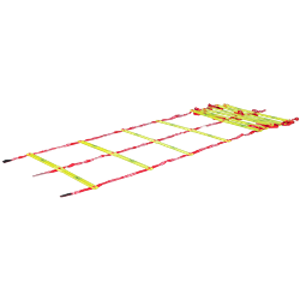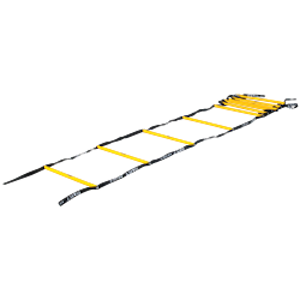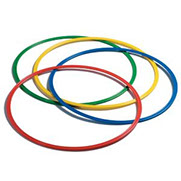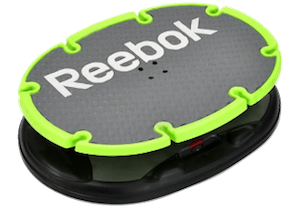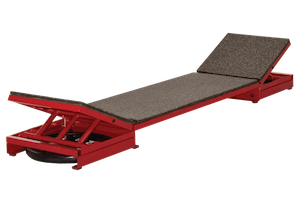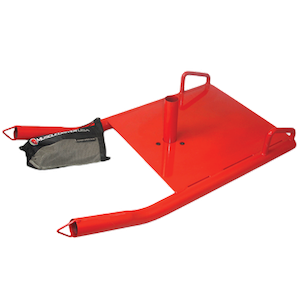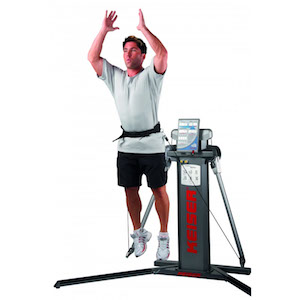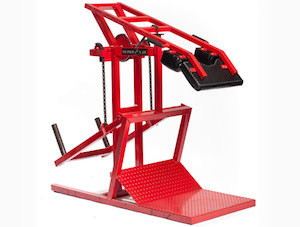Reactive Training can be preformed without any special equipment and in different environments. There are however some basic requirements when implementing Reactive Training.
1. Adequate Free Space.
Some exercises utilized my need less space especially during foundational training phases. You may find spaces within a gym or fitness facility, large weight rooms, racket courts and outdoor fields or tracks may all be suitable.
2. Appropriate Landing Surface.
A yielding landing surface with some give to prevent jarring the lower extremities with excessive force is also essential especially in early stages of development. Wrestling mats, spring-loaded gymnastics floors, and grass or synthetic playing fields are all possibilities for landing surfaces. There are times when the training environment may need to replicate the real world but this should be approached with caution and controlled volume of training.
In addition to the environment there is a vast array of equipment that can be implemented for reactive training however not all of it is necessary and can even be performed with no special equipment. Below is a list of basic equipment that may be beneficial.
- Cones
- Boxes
- Hurdles
- Steps
- Weighted Implements
- Specialized Equipment
Cones:
Plastic cones ranging in height from 2 to 24 inches (5 to 61 cm) maybe used as an obstacle to jump over or manurer around . The flexibility of cones makes them less likely to cause injuries if landed on or fallen onto. Cones can come in different shapes, sizes and colors that can be used for specific purposes that is explain in detail in the different phases of Reactive Training.
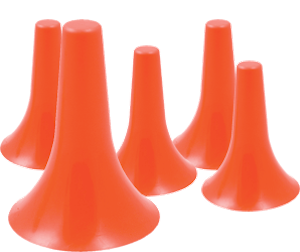
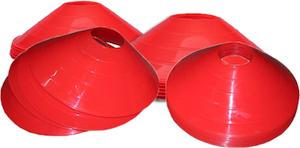
Boxes:
These should be specially constructed for safety. A variety of boxes may needed but there are boxes that can be adjusted in height. These boxes can be constructed of plywood or similar flexible type of wood which assist in reducing the impact forces. Boxes can also be constructed from a steel frame and have a rubber type top that also assists with reducing impact forces and acts as a nonslip landing surface.
Boxes should range in height from 6 to 24 inches (15 to 61 cm). Elite athletes with strong weight training backgrounds can use heights up to 42 inches (107 cm). The boxes also need adequate landing (top) surfaces of at least 18 by 24 inches (46 by 61 cm). For lower heights that maybe needed for the novice or rehab client an Aerobic Step with raises maybe used for small progressions which is detailed in Phase 1 reactive Training.
Numerous variations of the plyometric box have been developed over the years:
- Adjustable boxes can be altered to accommodate the varying abilities of athletes.
- Storage boxes can double as containers. If one side is left open, the box needs to be constructed very sturdily on the remaining sides.
- Stackable boxes that can stack on one another to increase the height of the box.
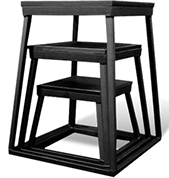
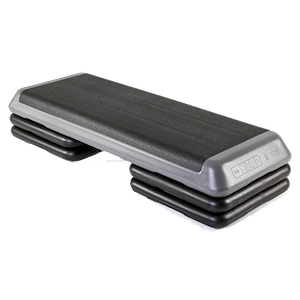
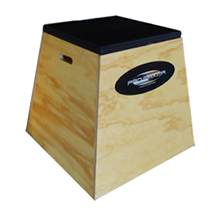
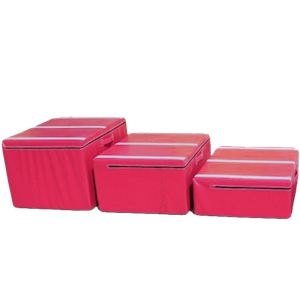 Hurdles:
Hurdles:
Hurdles vary widely from small cones with a rod up to the full track & field hurdles. The PVC style hurdles are generally safer and more practical for training purposes. Some hurdles are adjustable while others are fixed in height.
Barriers can also be formed simply by balancing a wooden dowel or PVC tubing (1/2-inch [1.3 cm] diameter and 3 feet [91 cm] long) on top of two cones. The only limitations for these barriers are the time it takes to set up and the limitation in height.
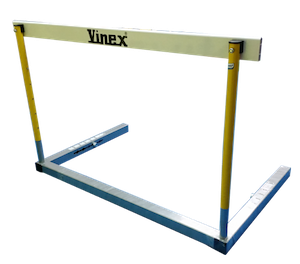
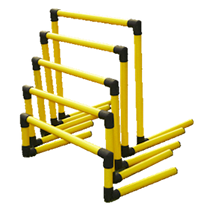
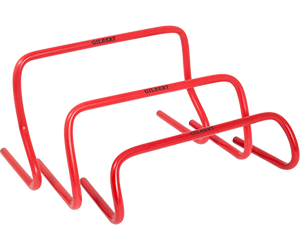
Steps:
Stairways, bleachers, and stadium steps are all usable for Reactive Training training; but you must be sure to inspect them carefully to make sure they are safe for jumping before sending individuals bouncing or bounding up them. Concrete steps are undesirable for jumping because they are unyielding surfaces however some stadium stairs have rubberized non-slip matting that will assist in creating some yielding.
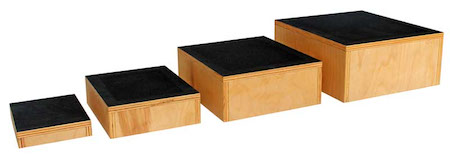
 Weighted Objects:
Weighted Objects:
Weighted objects could include, but not limited to, ankle & wrist weights, weighted vests, medicine balls and other objects are useful for upper-body exercises and in combination with lower-extremity training. They should be easily gripped, durable, and of varying weights to accommodate all strength levels.
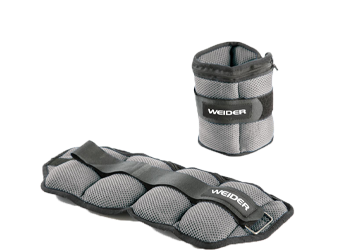
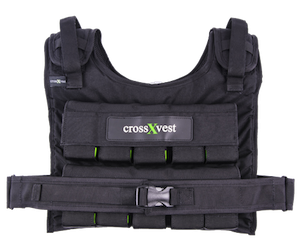
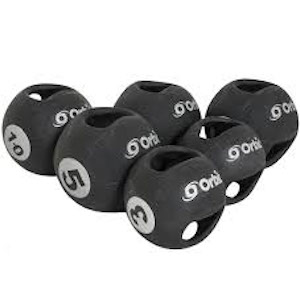
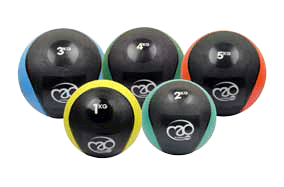
Special Equipment:
Special equipment may include non-traditional or special devices that could include agility ladders, rings, reactive boards such as the Reebok Core Board, sleds, isokinetic devices and cable systems
